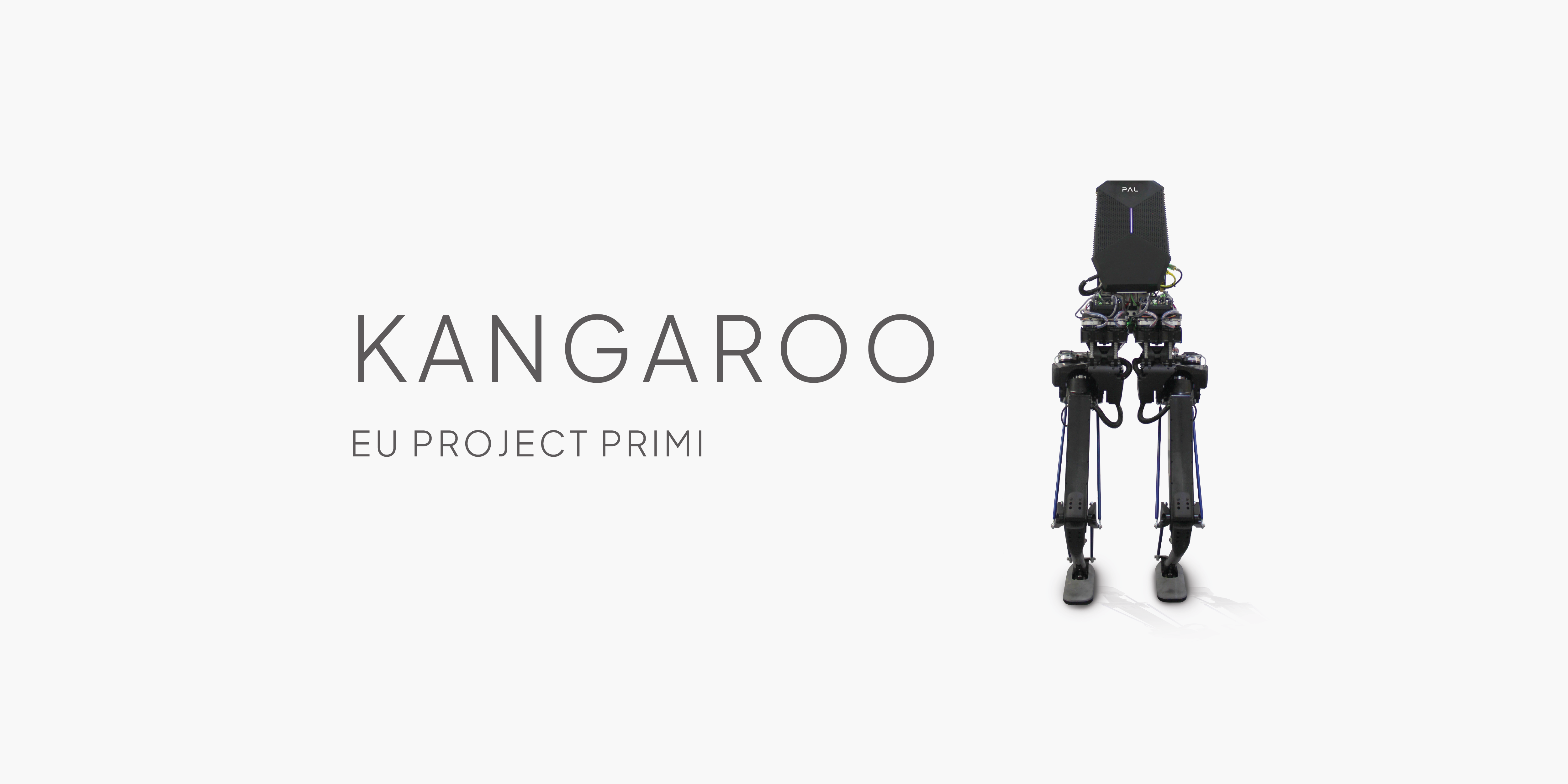In today’s fast-evolving world, the push towards more intuitive and interactive robots is increasing. The EU Project PRIMI aims to address this need by developing robots that can better understand and interact with their human companions. This project focuses on elevating the cognitive capabilities of robots, making them more responsive and adaptable in social environments.
Introducing the EU Project PRIMI
The EU Project PRIMI is focusing on integration of advanced neuromorphic technologies into robotic systems. This project brings experts from various fields to enhance the theoretical and practical aspects of robotics, making significant steps towards robots that can operate alongside humans in complex environments.
Kangaroo robot’s debut in Collaborative Projects
Kangaroo, our latest biped robot, is making its first debut in the world of collaborative projects by being part of the PRIMI Initiative. Despite being new to the scene, Kangaroo is equipped with advanced neuromorphic computing and sensing capabilities, making it an ideal candidate for this high-profile project. More about Kangaroo in our other blog post.

PAL Robotics role in PRIMI: Work Packages and Goals
We participate in the PRIMI project by taking on specific roles aimed at advancing robotic capabilities. Our tasks are focused on integrating and developing key technologies that enhance the interaction between humans and robots:
Modeling Cognitive Interactions:
- We are enhancing the social interaction abilities of Kangaroo robot by integrating it with ROS4HRI (Robot Operating System for Human-Robot Interaction) alongside the iCub robot. This includes abstract reasoning and developing a Theory of Mind, which are crucial for understanding and predicting human actions.
Engineering and Development:
- The construction of the Kangaroo robot involves sophisticated design principles focusing on neuromorphic technologies. This includes integrating the Whole-Body Control with a cognitive architecture that leverages neuromorphic models, facilitating a new level of interaction capabilities in humanoid robots.
Co-designing Hardware and Software:
- We are also involved in co-designing the neuromorphic computing infrastructure. This includes developing a Sensorimotor Board based on the innovative SpiNNaker2 Board, which will be essential for advancing the robot’s processing capabilities and ensuring seamless integration of hardware and software. Kangaroo will integrate event based cameras, bio-inspired vision sensors that output pixel-level brightness changes instead of standard intensity frames. They offer significant advantages over standard cameras, namely a very high dynamic range, no motion blur, and a latency in the order of microseconds. However, because the output is composed of a sequence of asynchronous events rather than actual intensity images, traditional vision algorithms cannot be applied, so that new algorithms that exploit the high temporal resolution and the asynchronous nature of the sensor are required. The robot will be furthermore augmented with tactile sensors in the end effectors and forearm to enhance human robot interaction with contact rich sensing.
The Road Ahead: Future Steps of PRIMI
Moving forward, PRIMI will focus on integrating these technologies through iterative prototypes and laboratory demonstrators. Prototypes of neuromorphic humanoid robots, such as Kangaroo, will be validated in clinical pilot studies of robot-led physical rehabilitation of stroke survivors. Each phase is geared towards refining the robots’ abilities to interact and cooperate with humans in dynamic settings.
This project not only showcases Kangaroo’s capabilities but also sets a new standard for interactive robotics. The outcomes of the PRIMI project include enhanced efficiency in human-robot collaborations, improved safety in shared environments, and pioneering contributions to the field of cognitive robotics.
We are excited to explore the vast possibilities of neuromorphic robotics, anticipating that our efforts will lead to more intelligent, empathetic, and capable robotic companions.
At PAL Robotics we are partners in collaborative projects in healthcare and Ambient Assisted Living, as well as areas such as agri-food, smart cities, factories of the future, Artificial Intelligence, and Industry 4.0 and 5.0. For more information about PAL Robotics and our involvement in other collaborative projects, visit our website and if you have any questions, make sure you get in touch with us.
